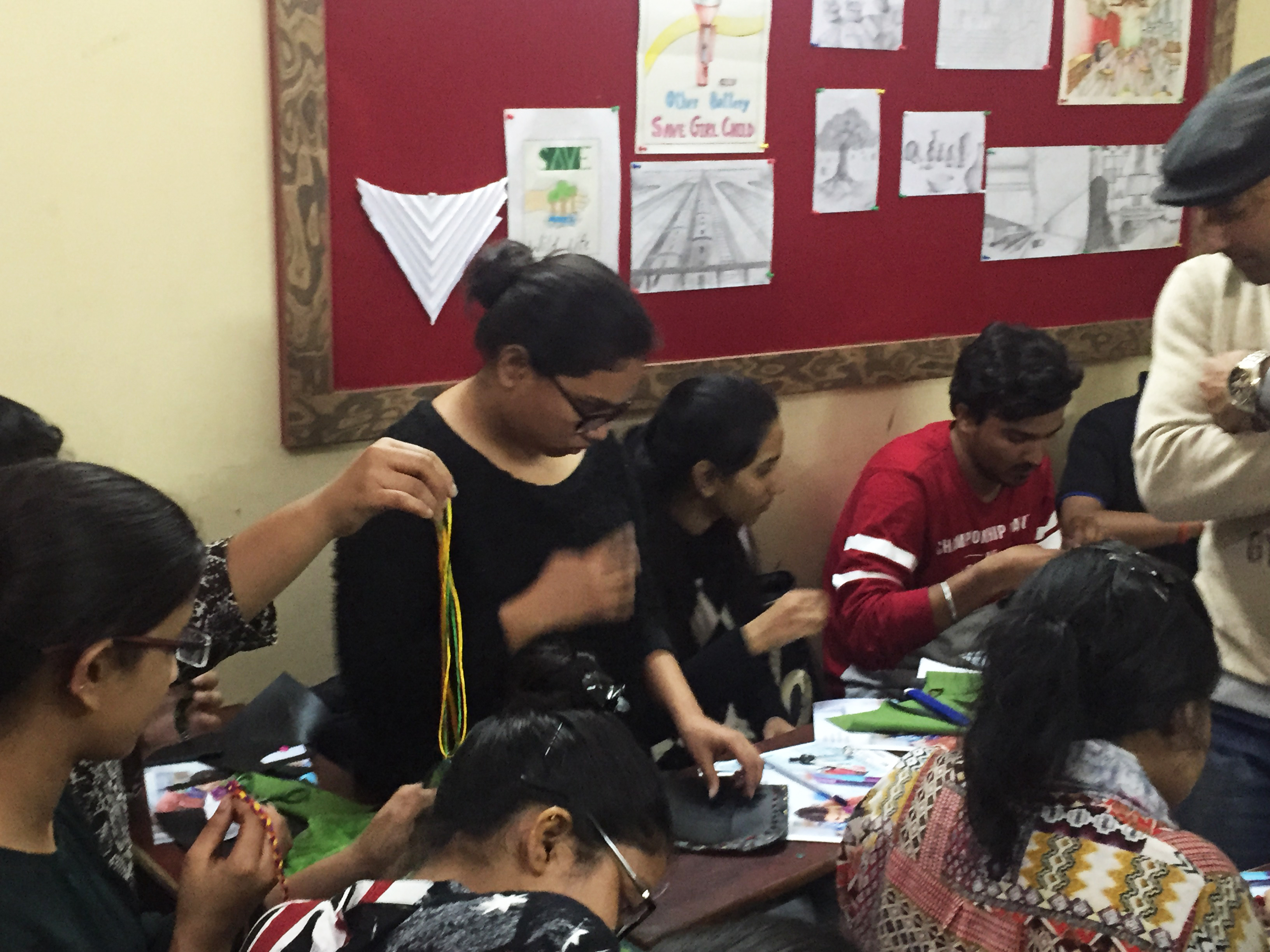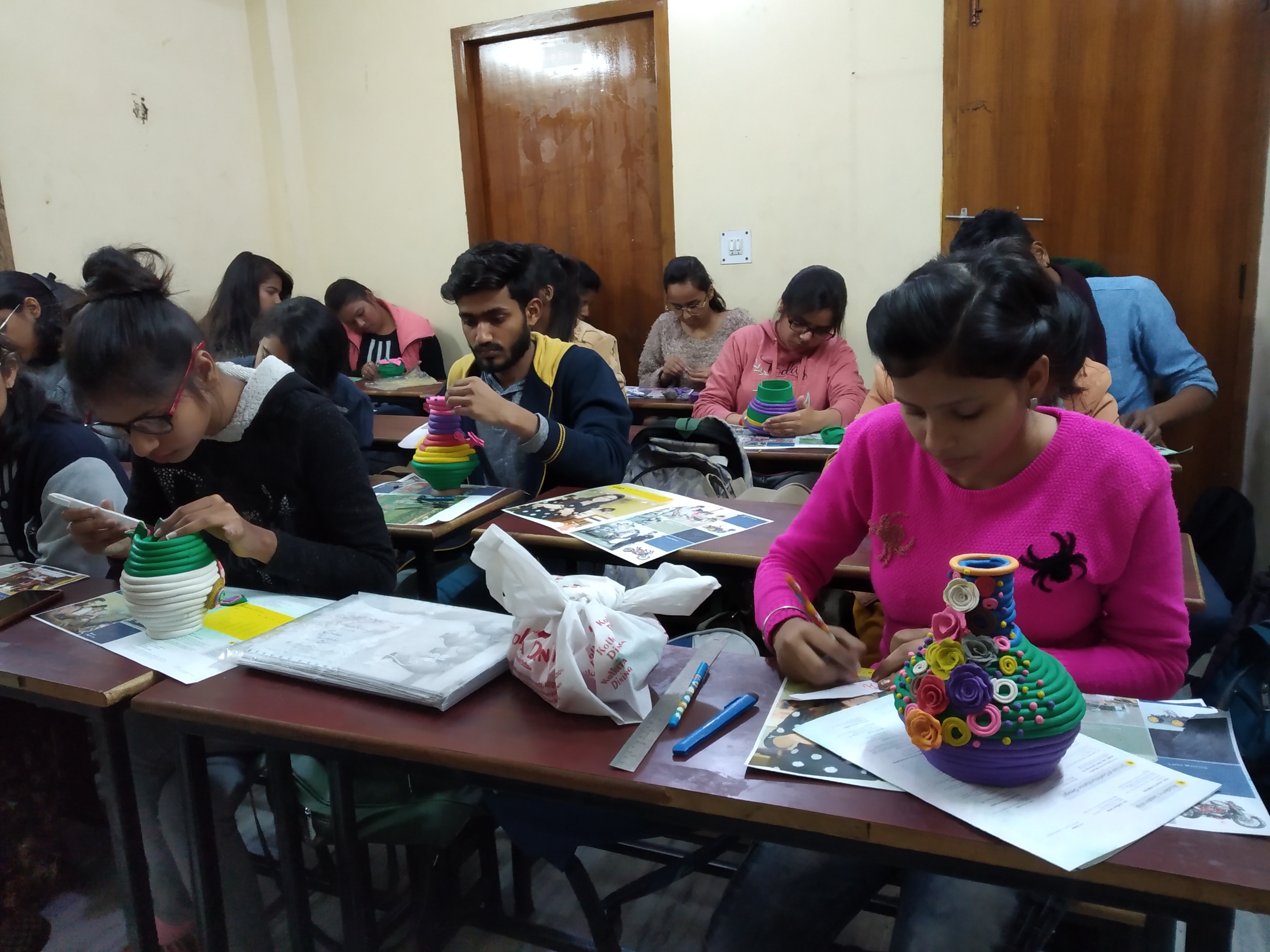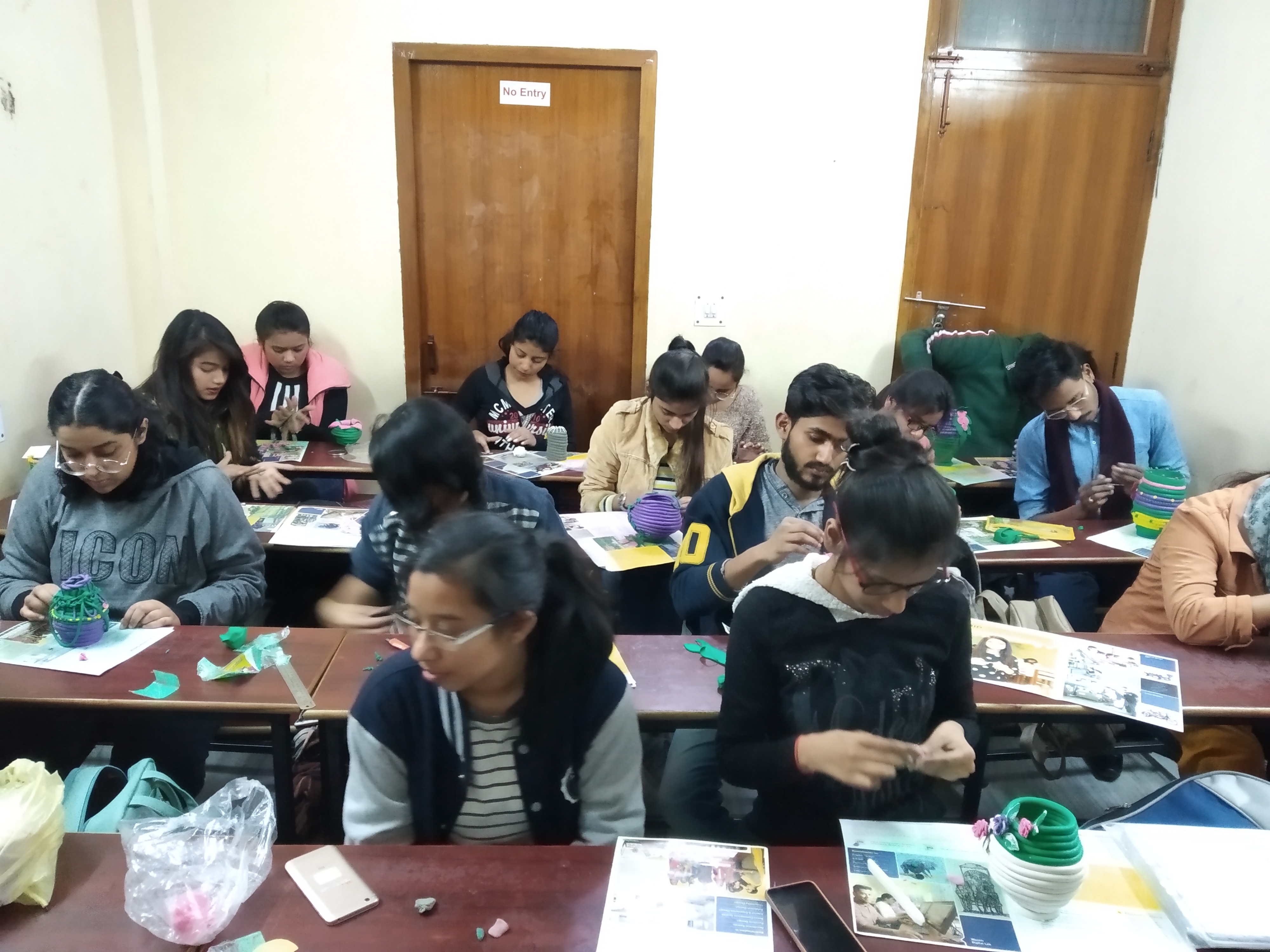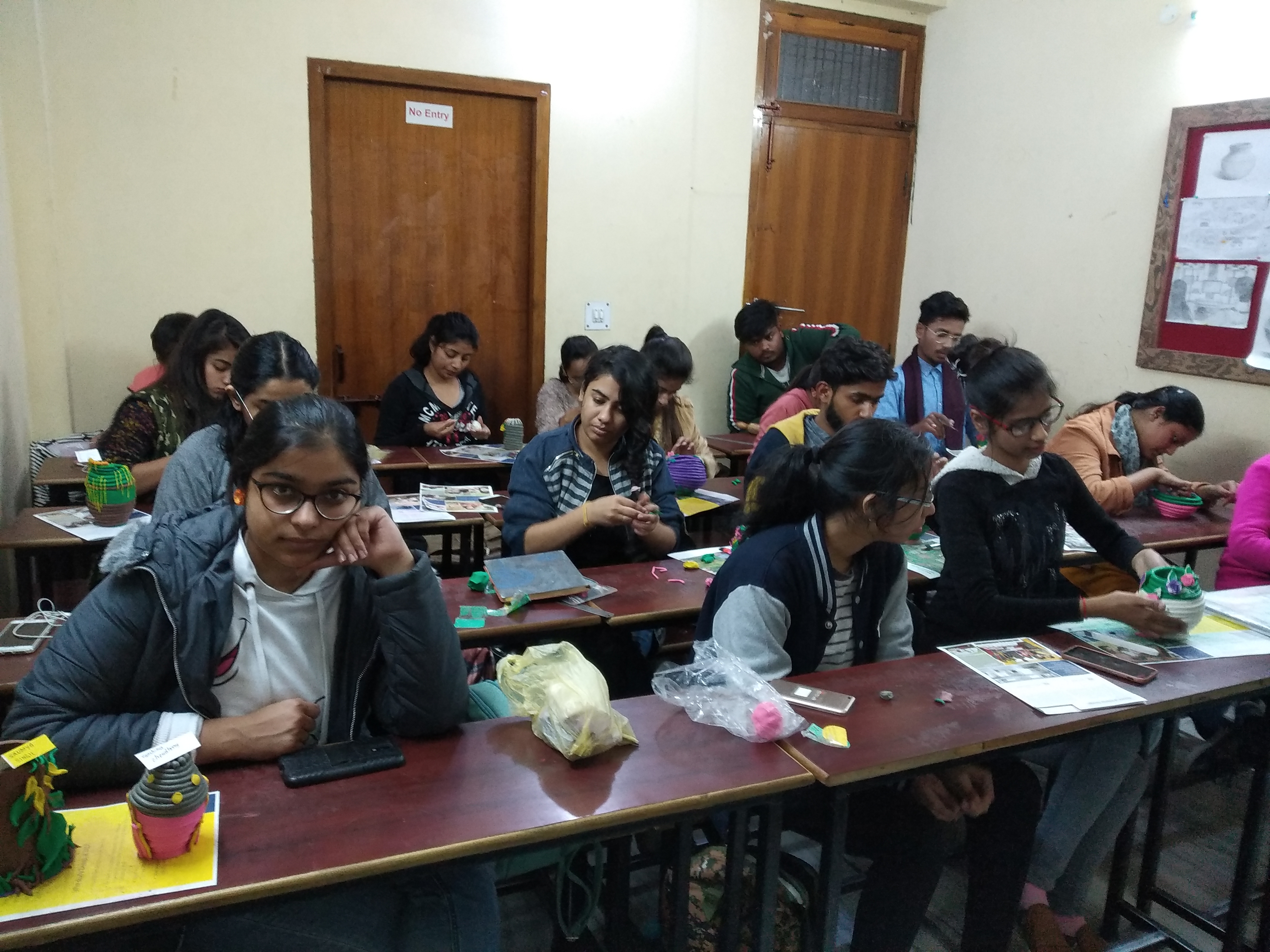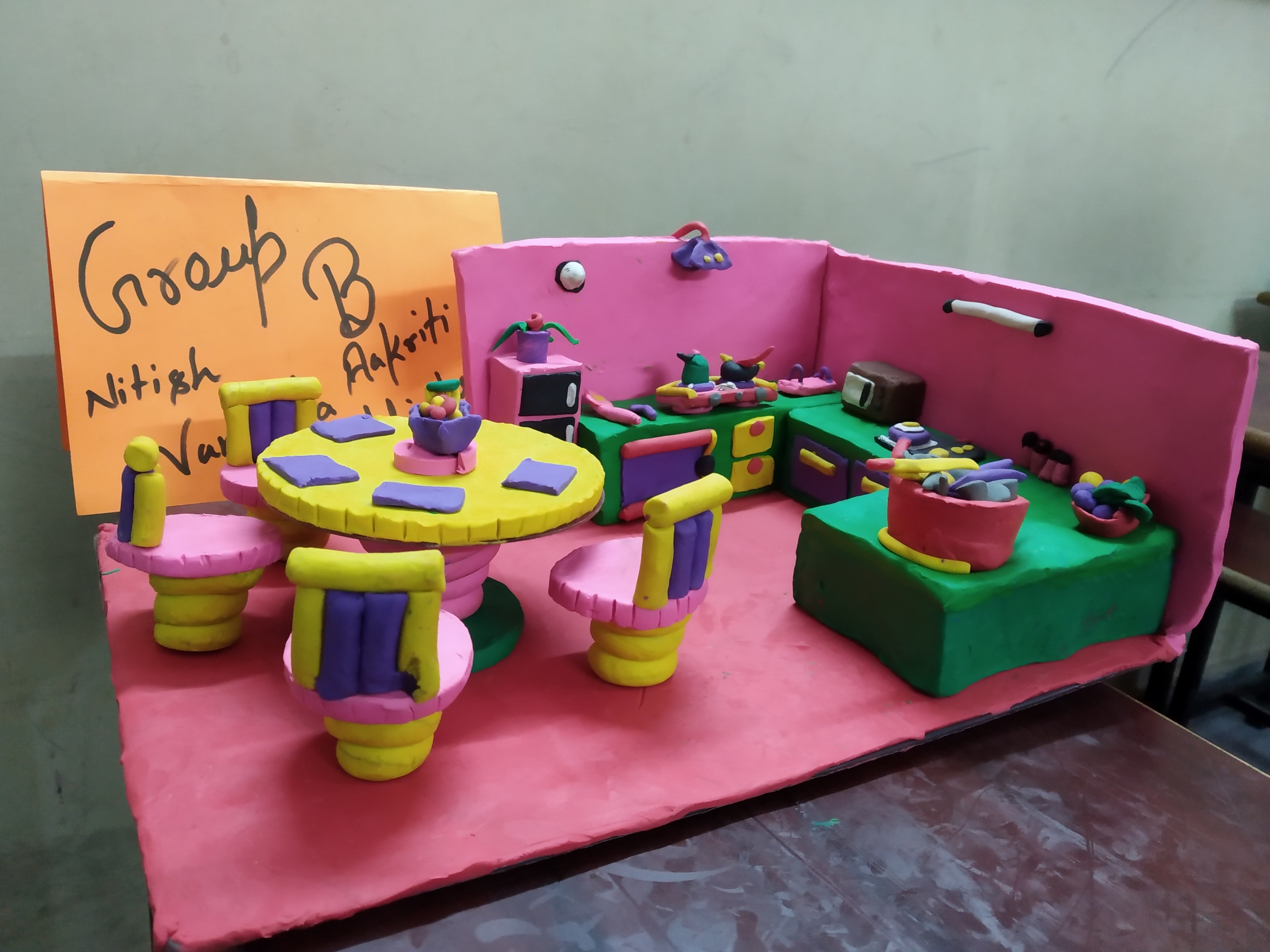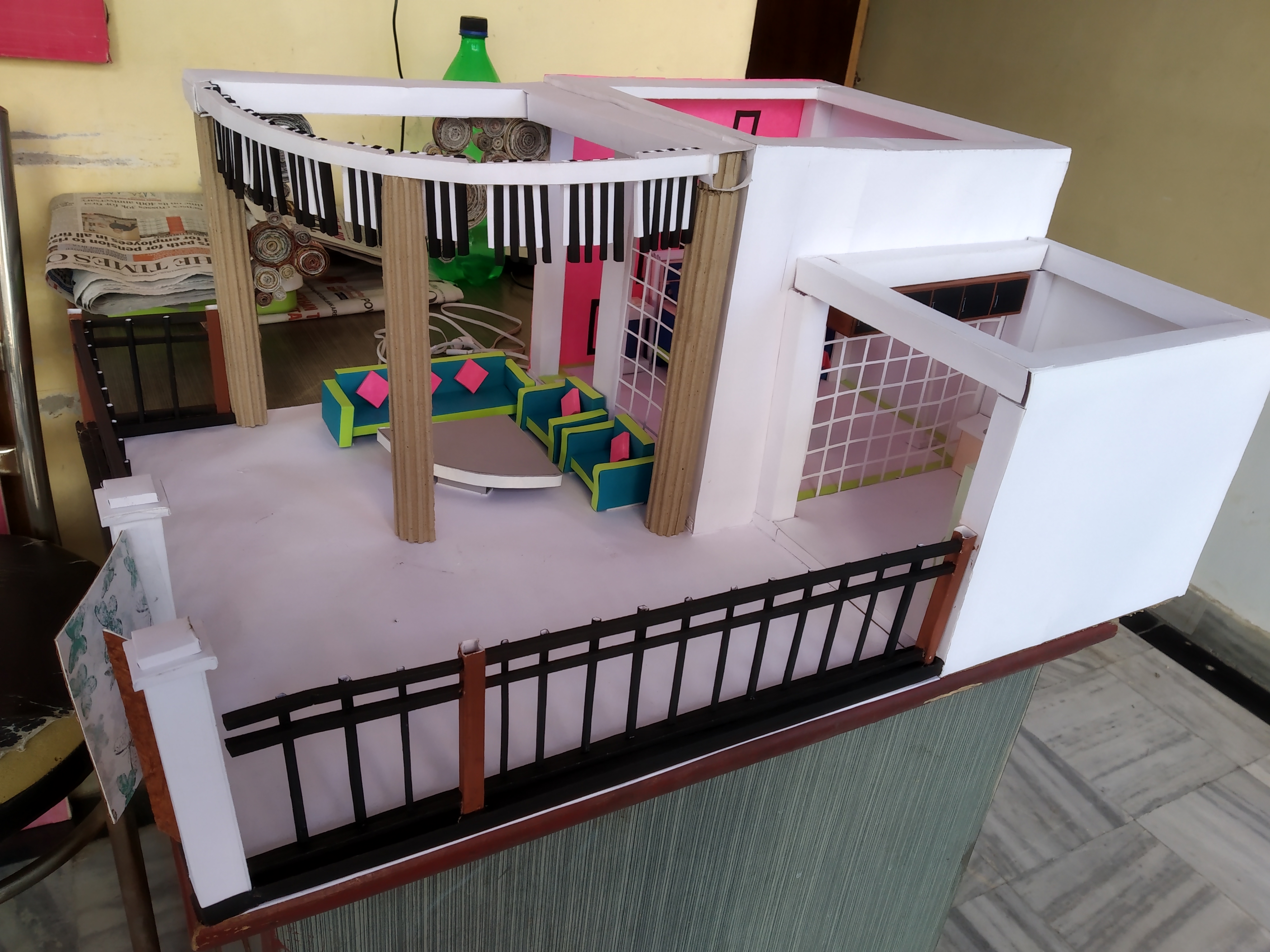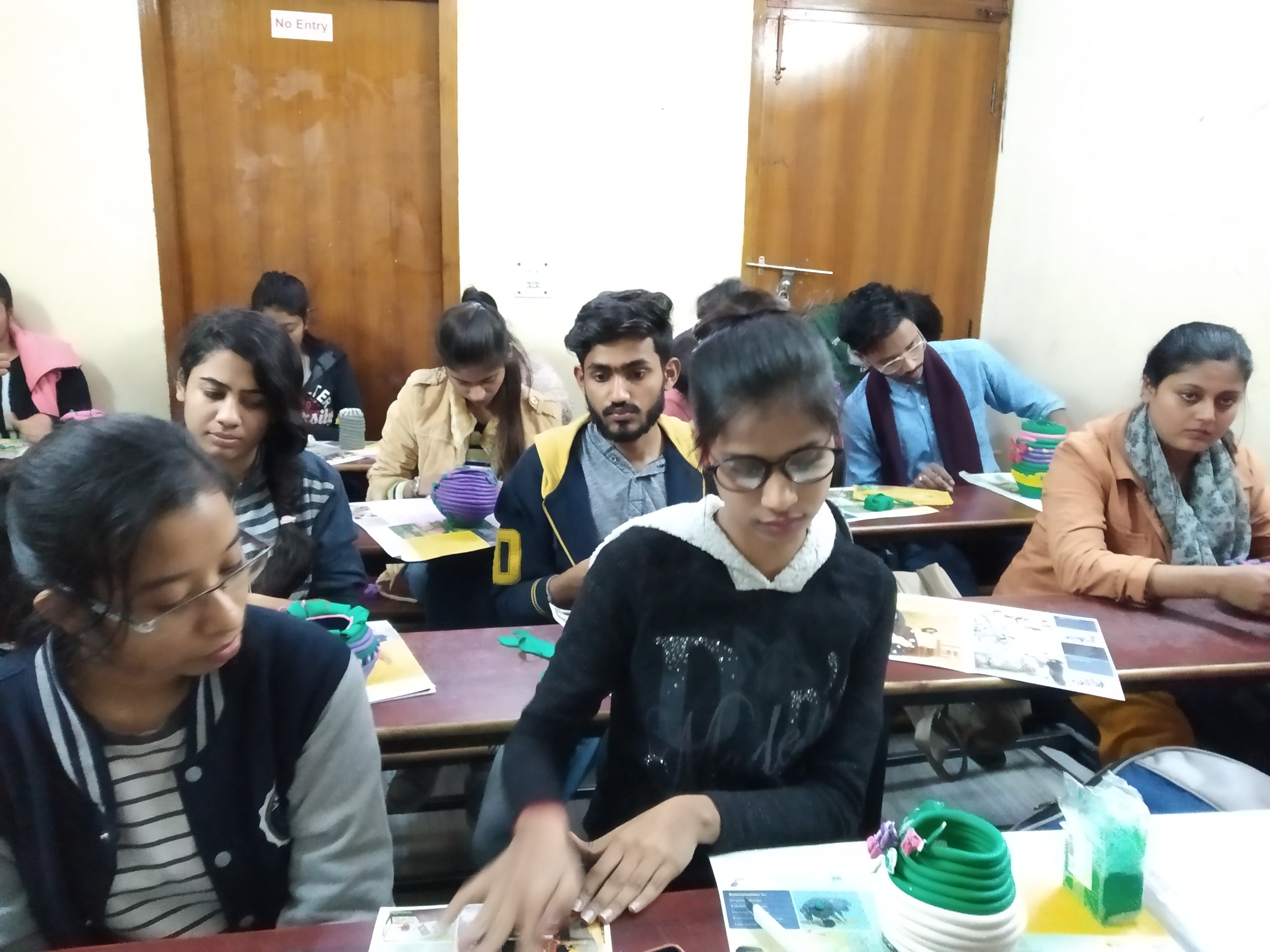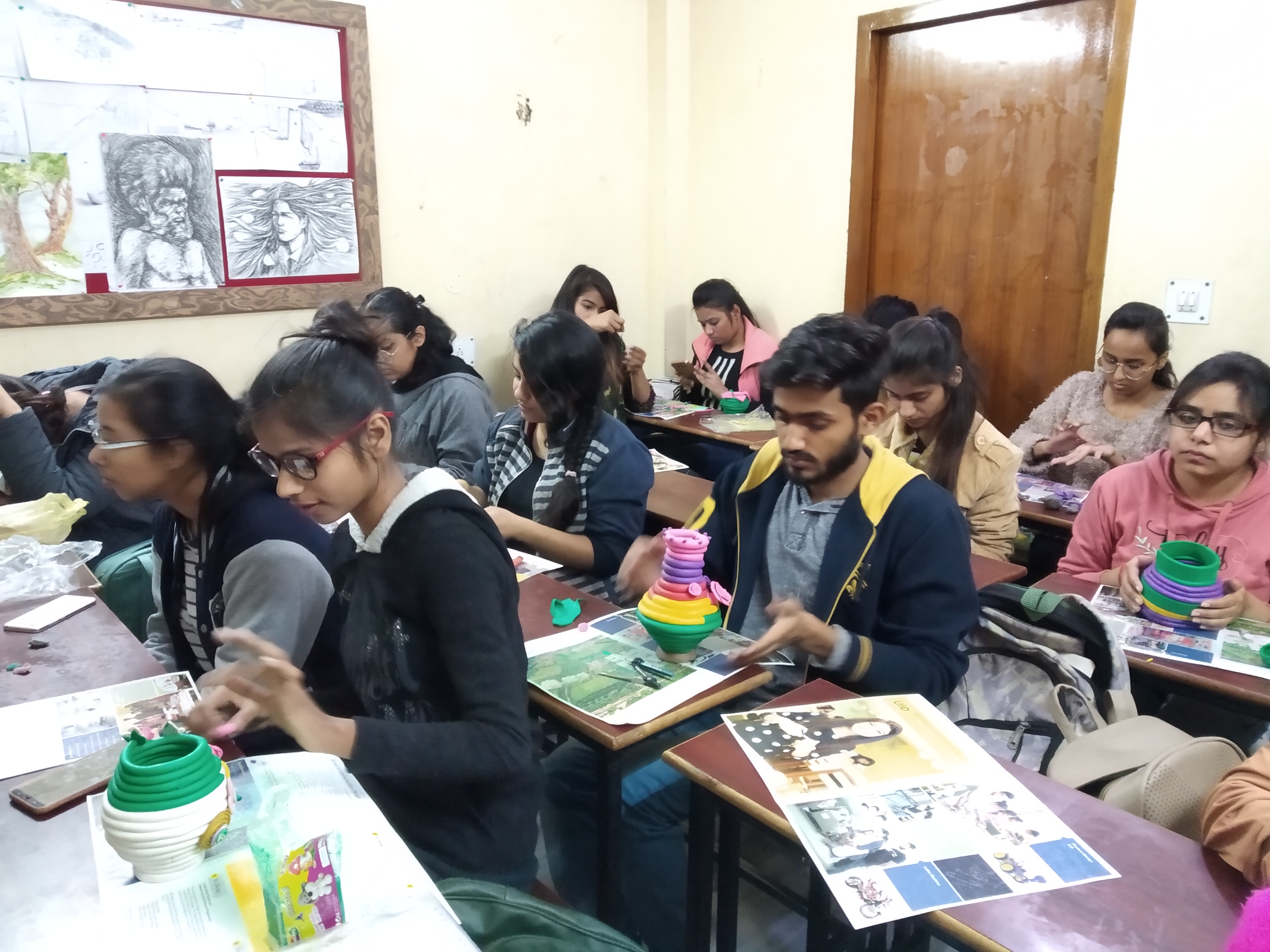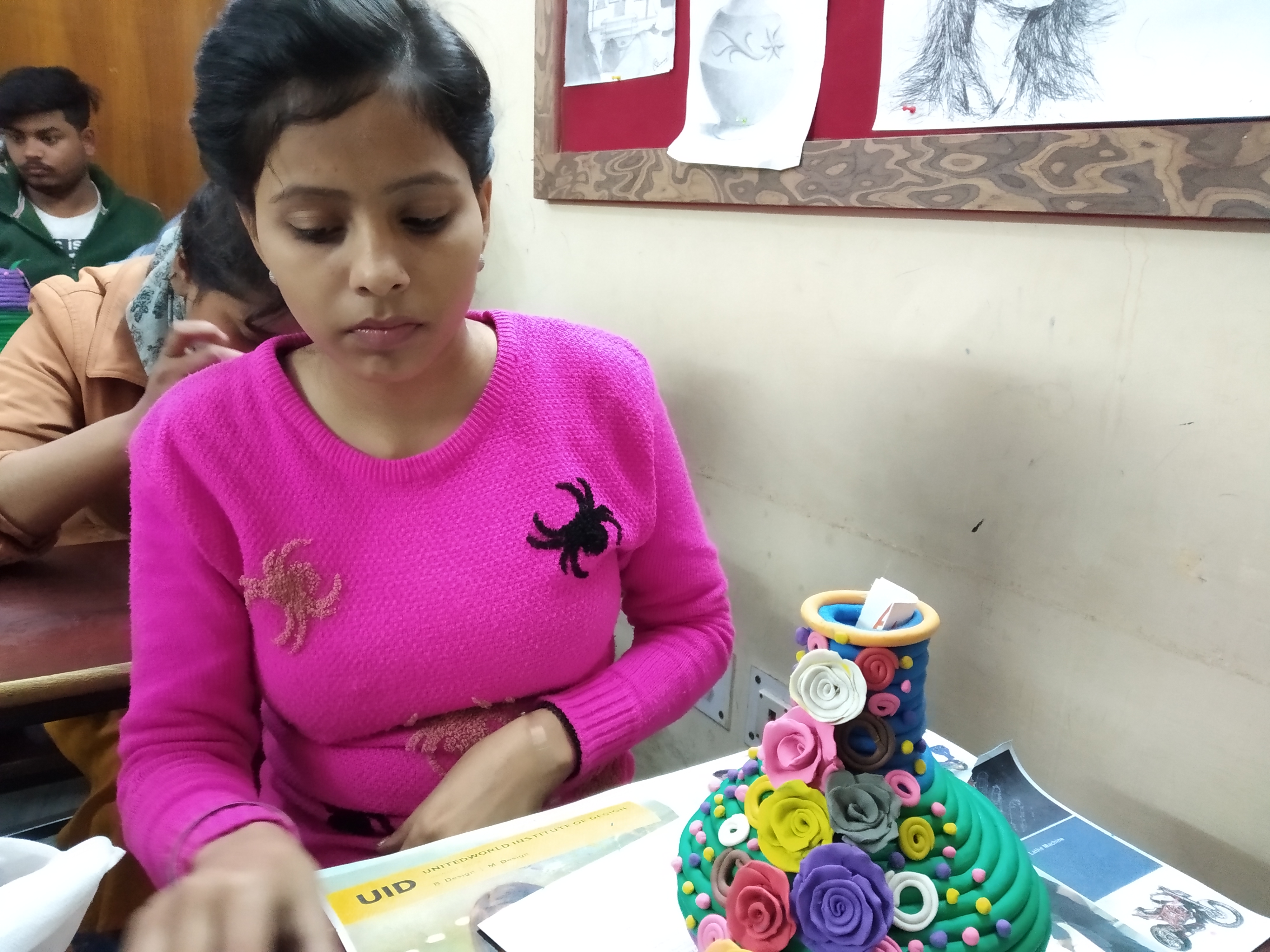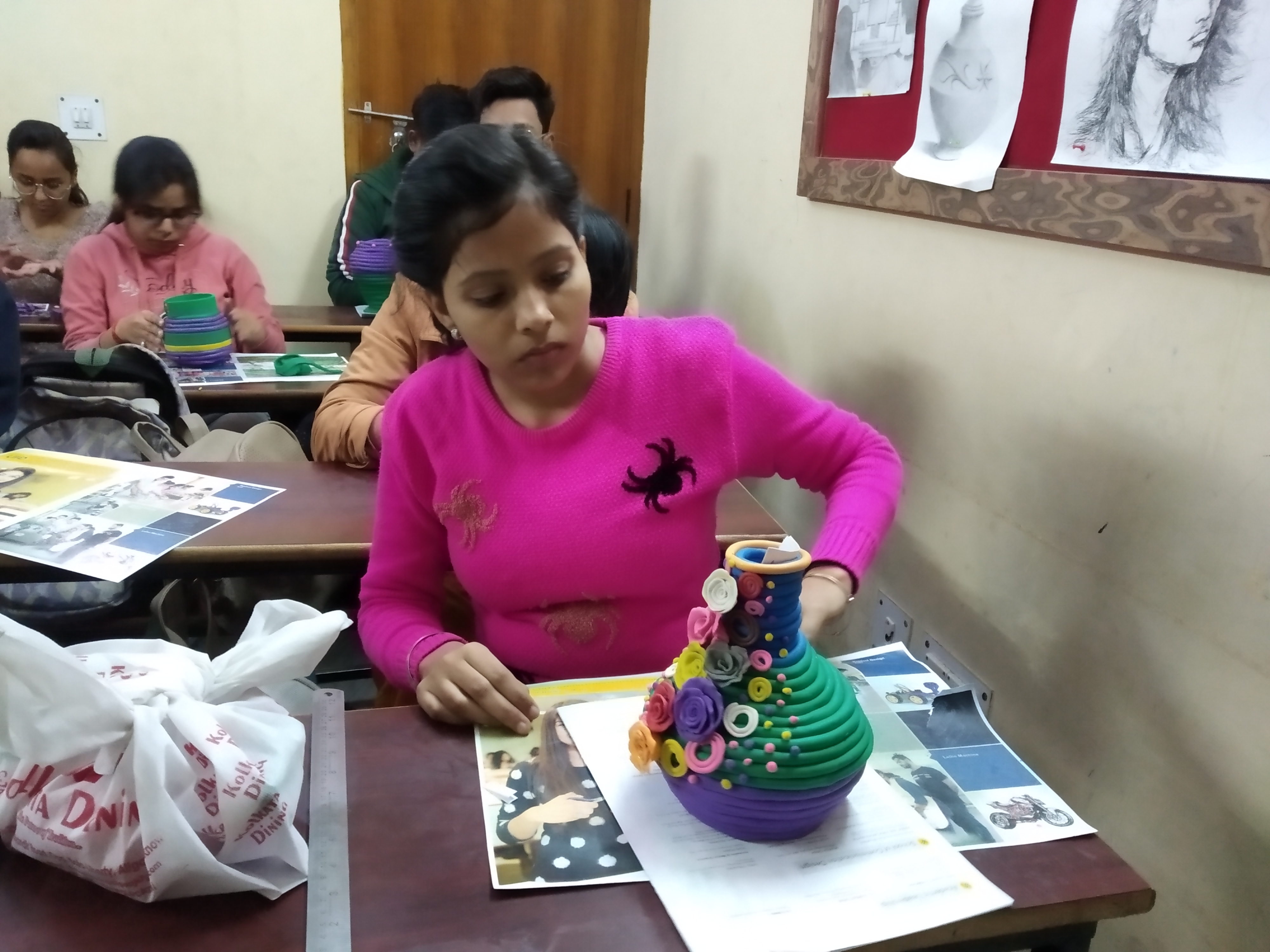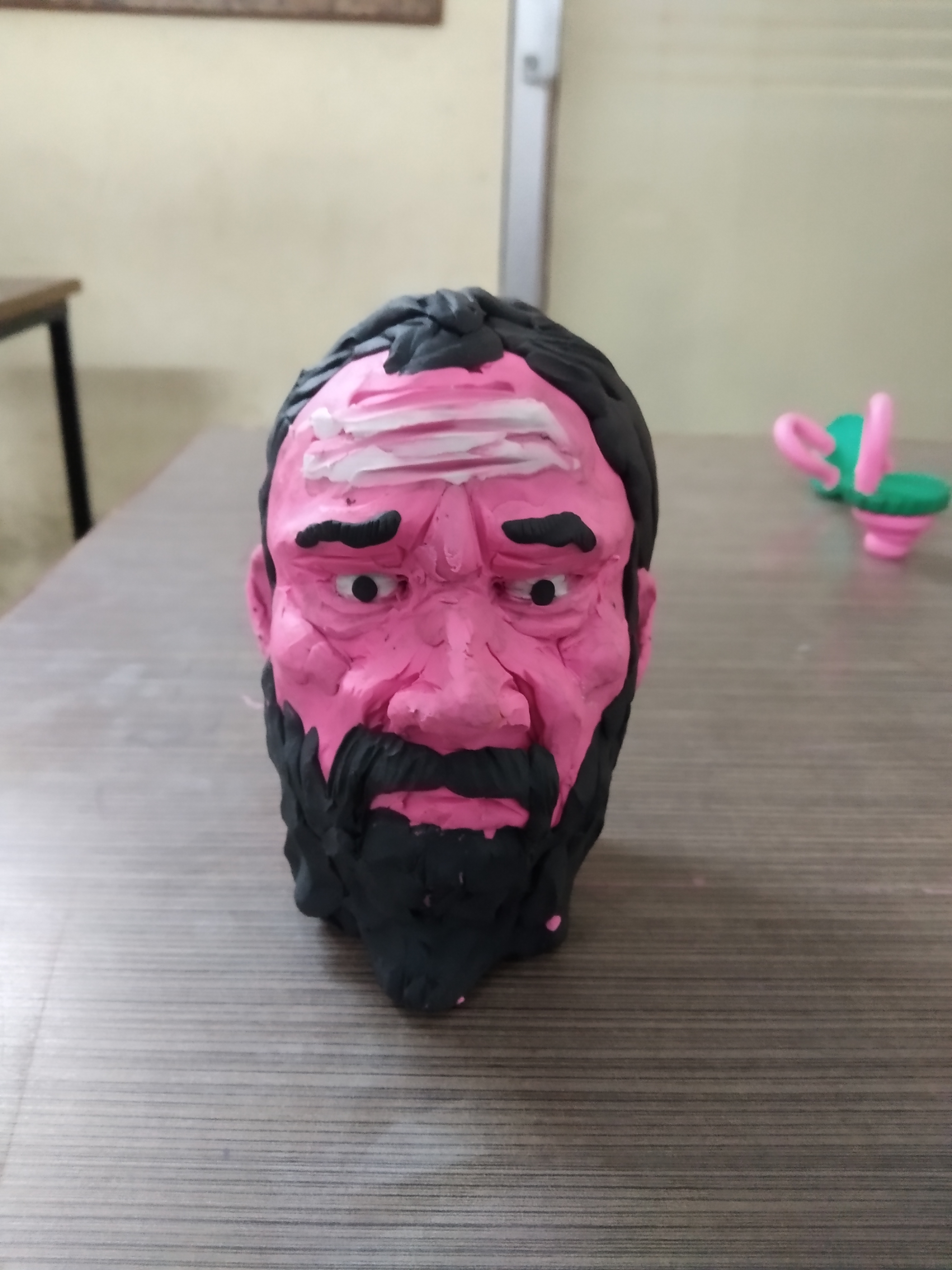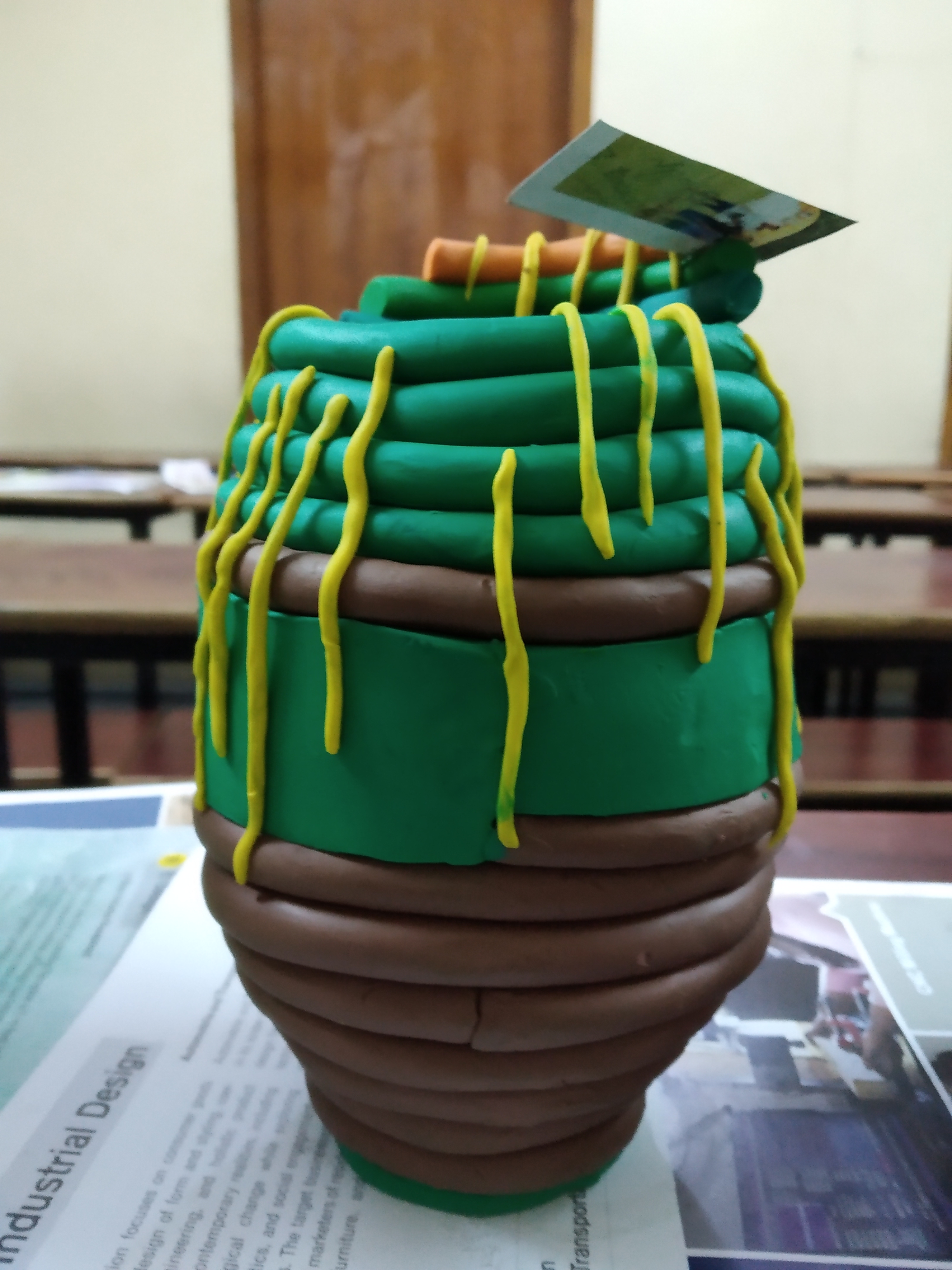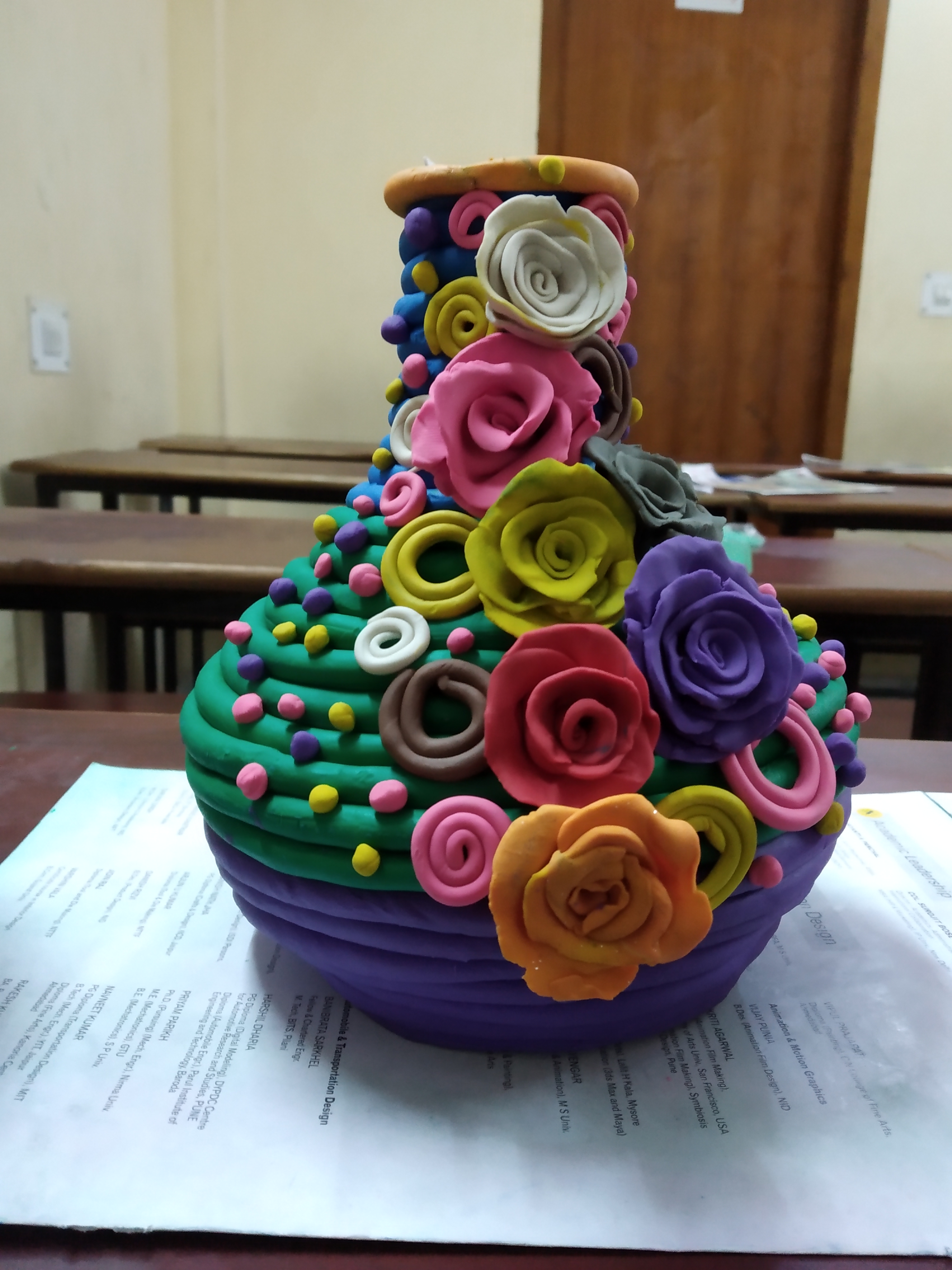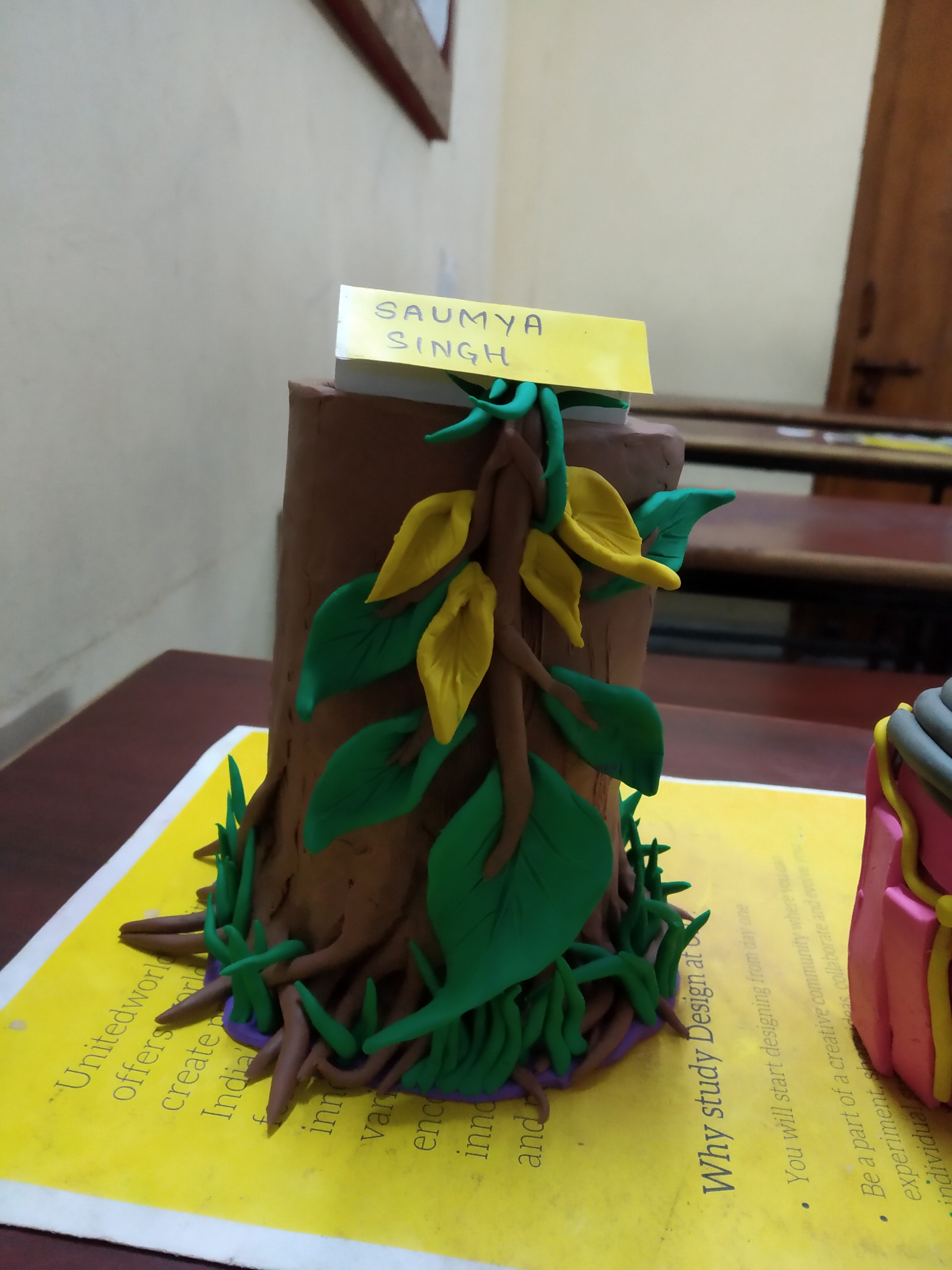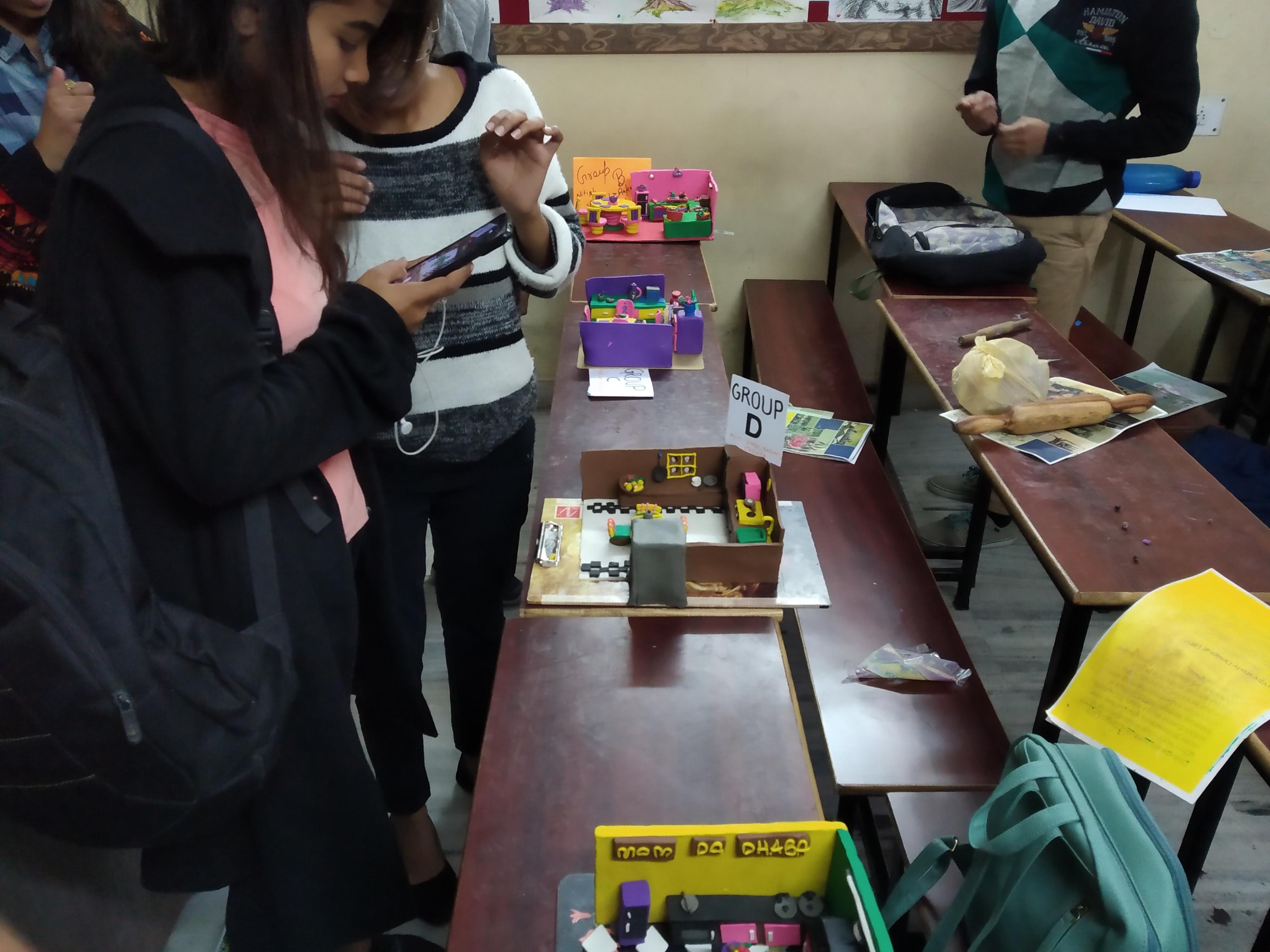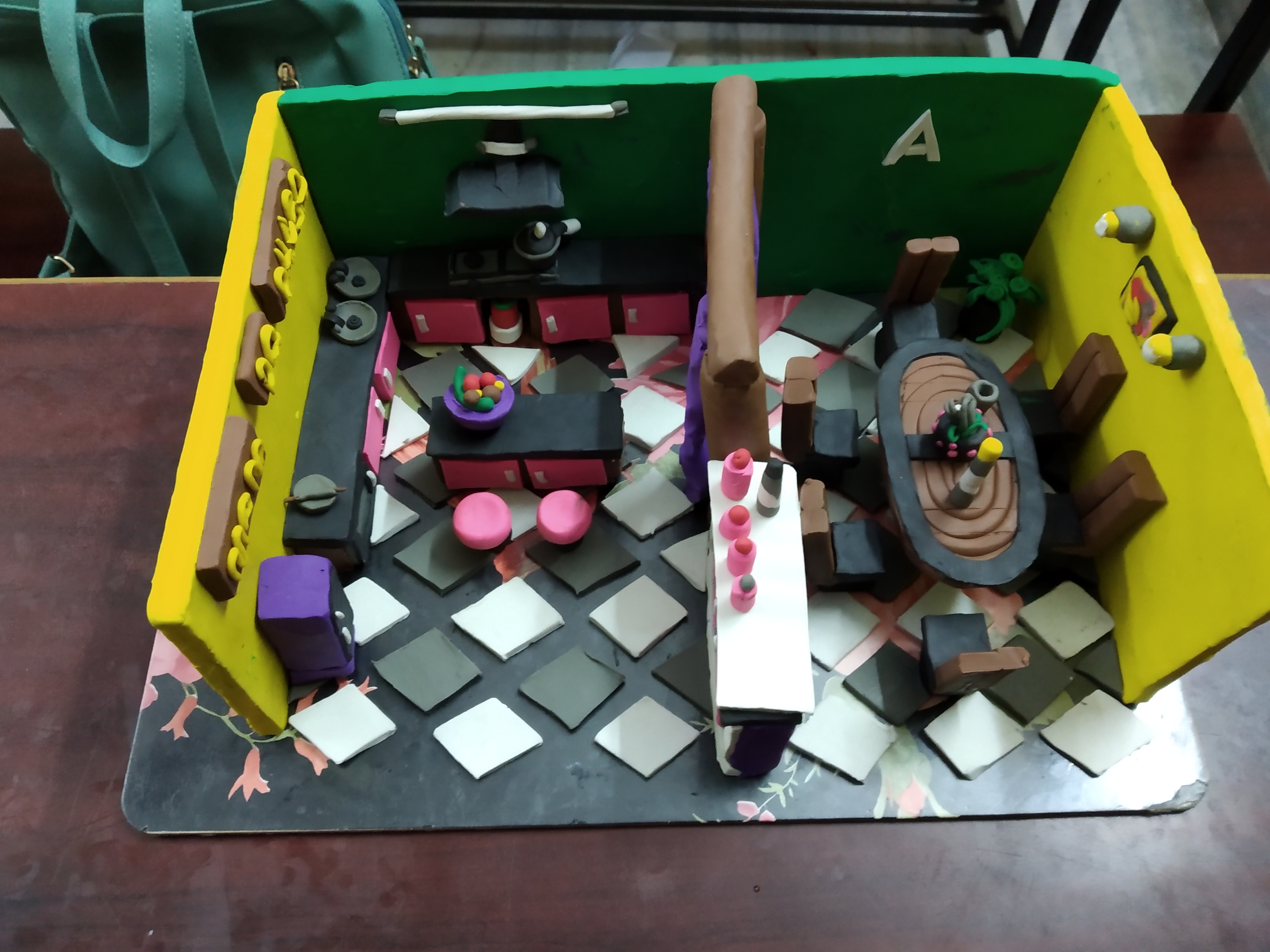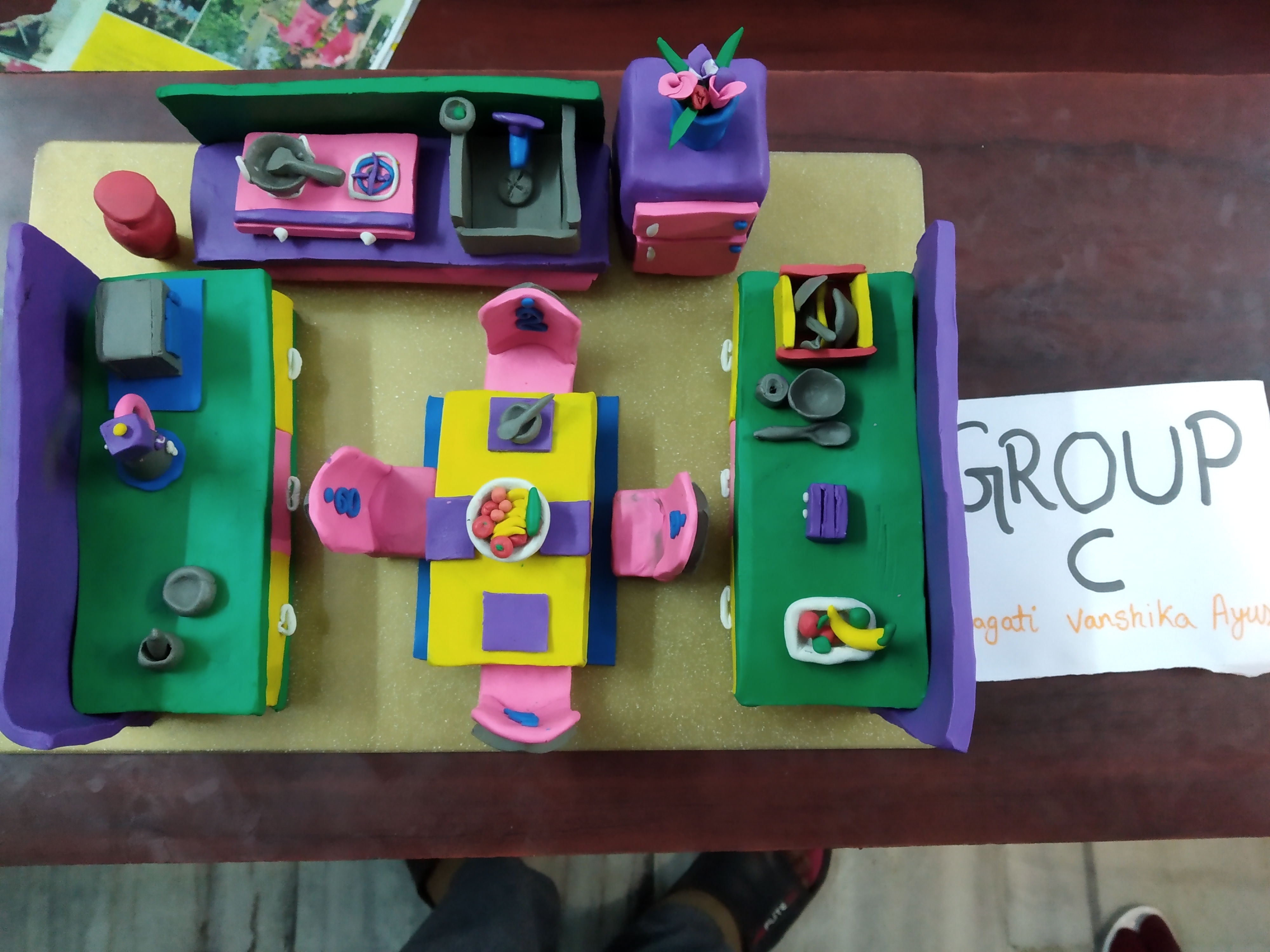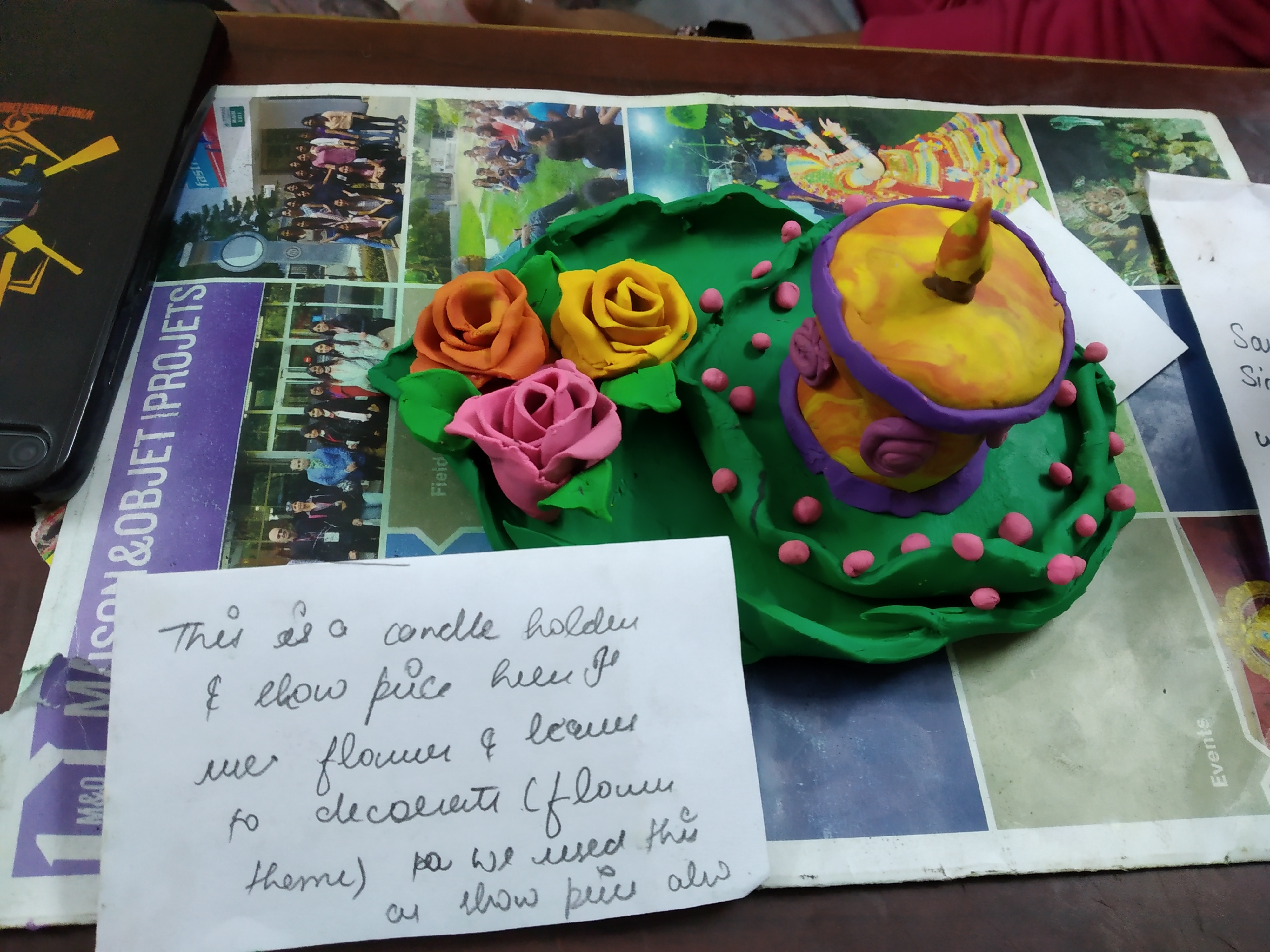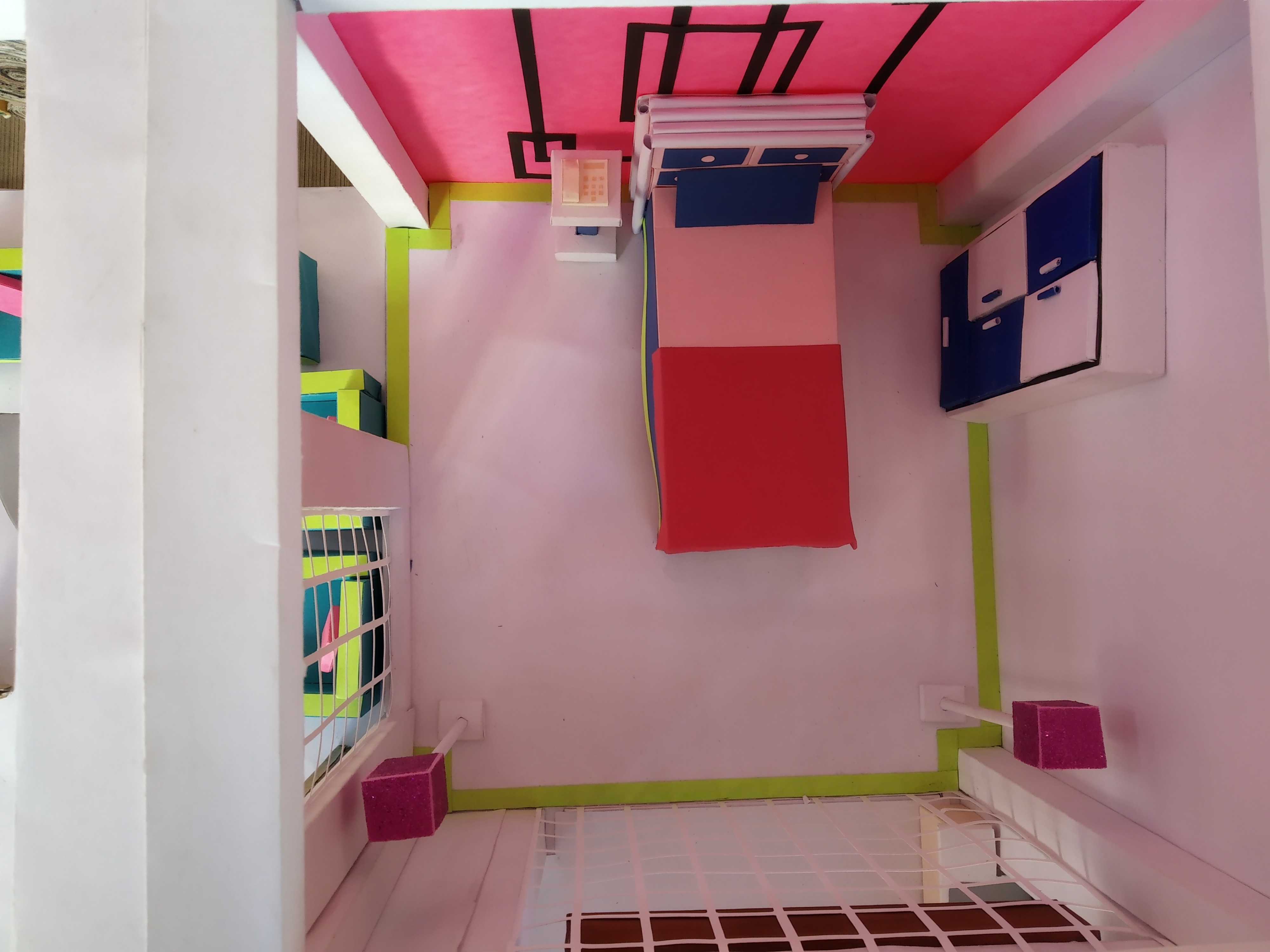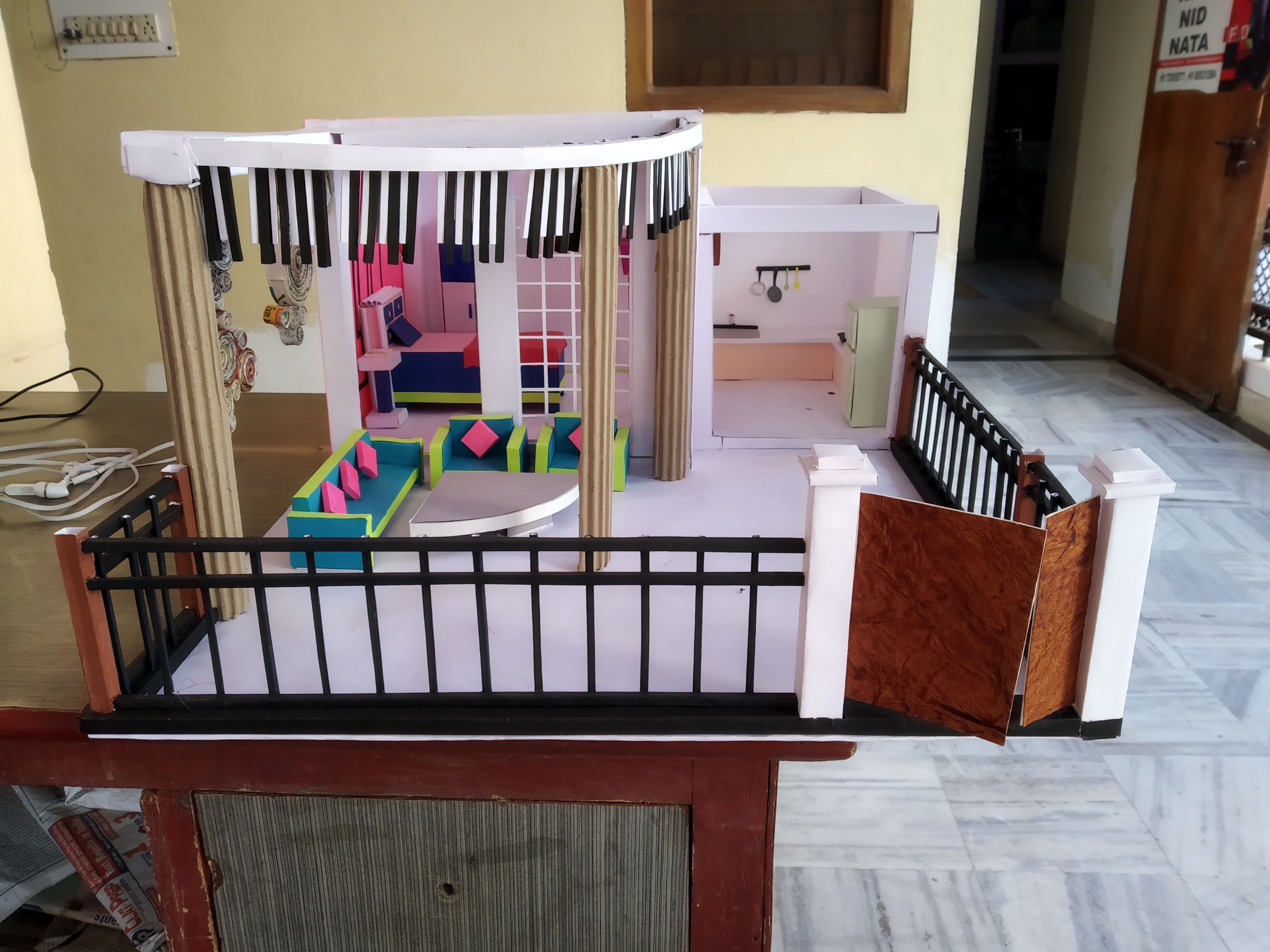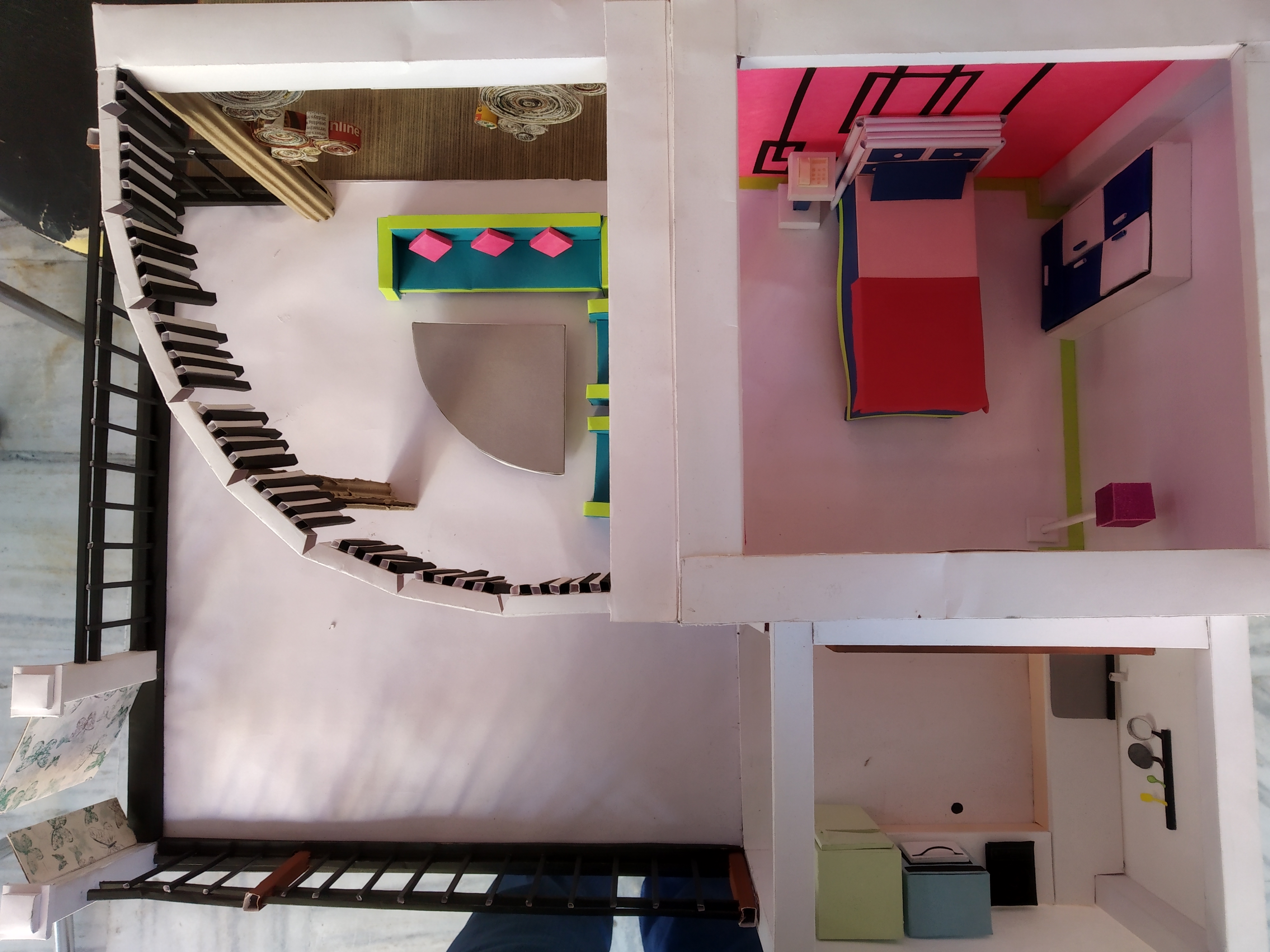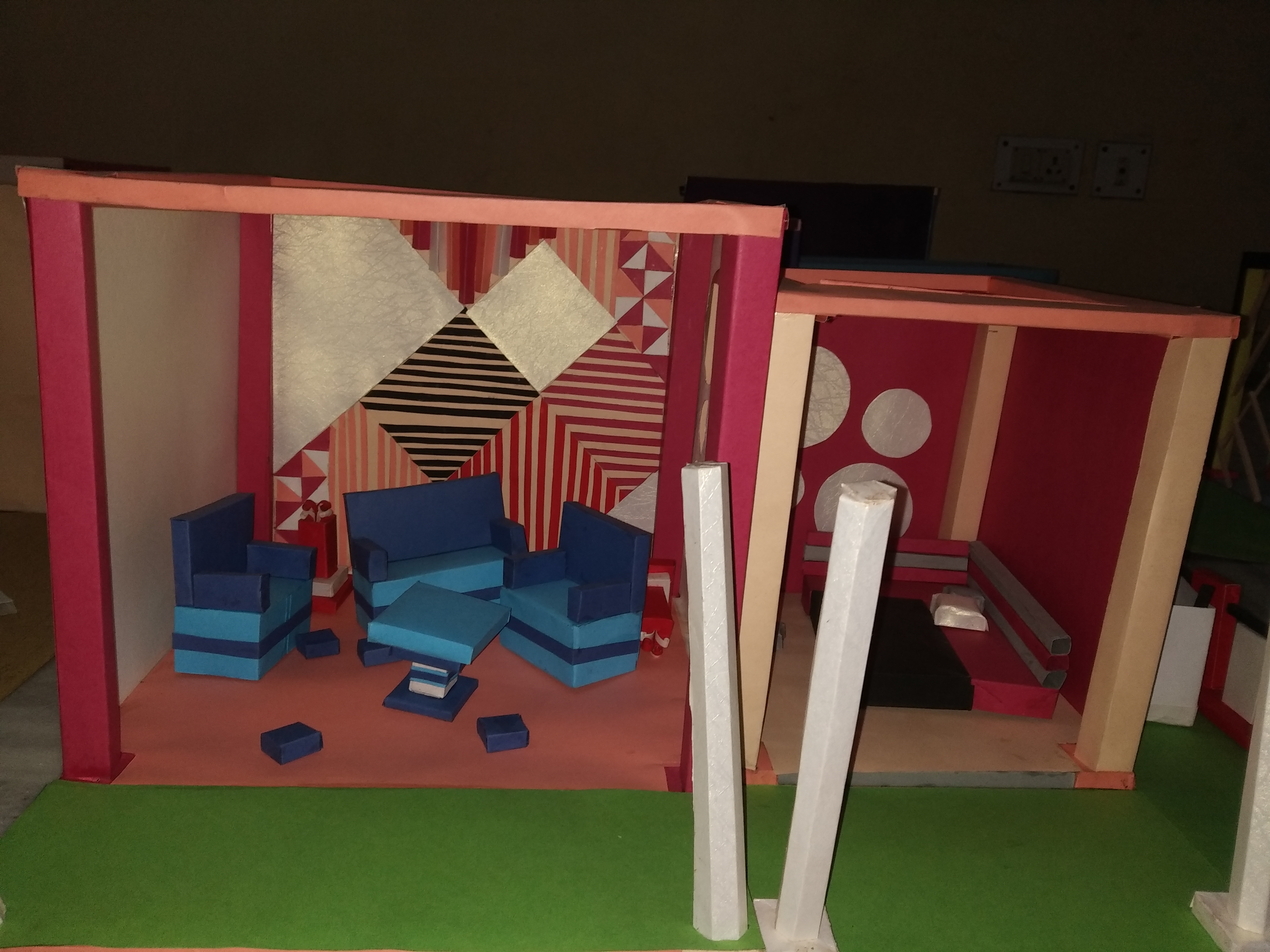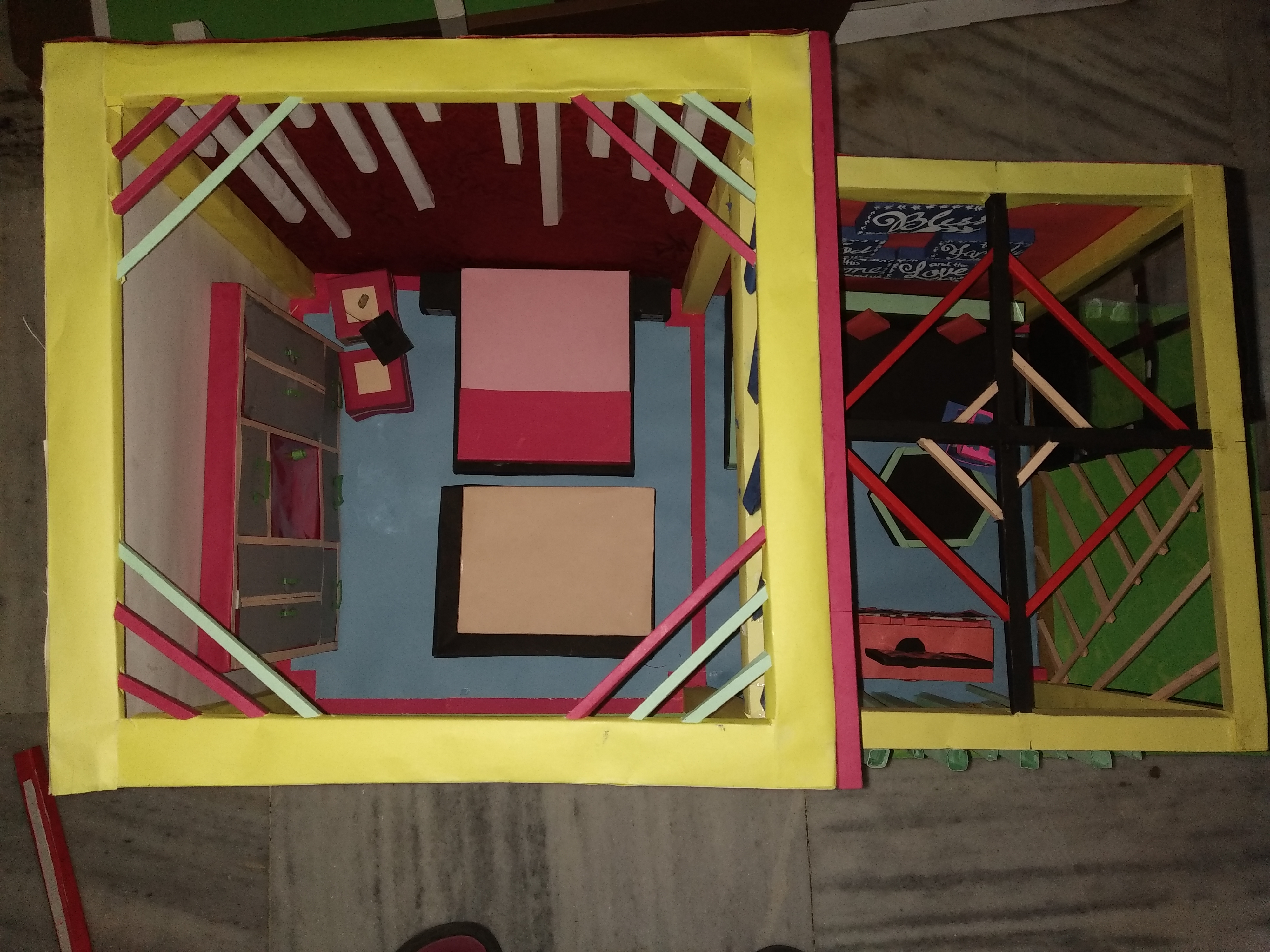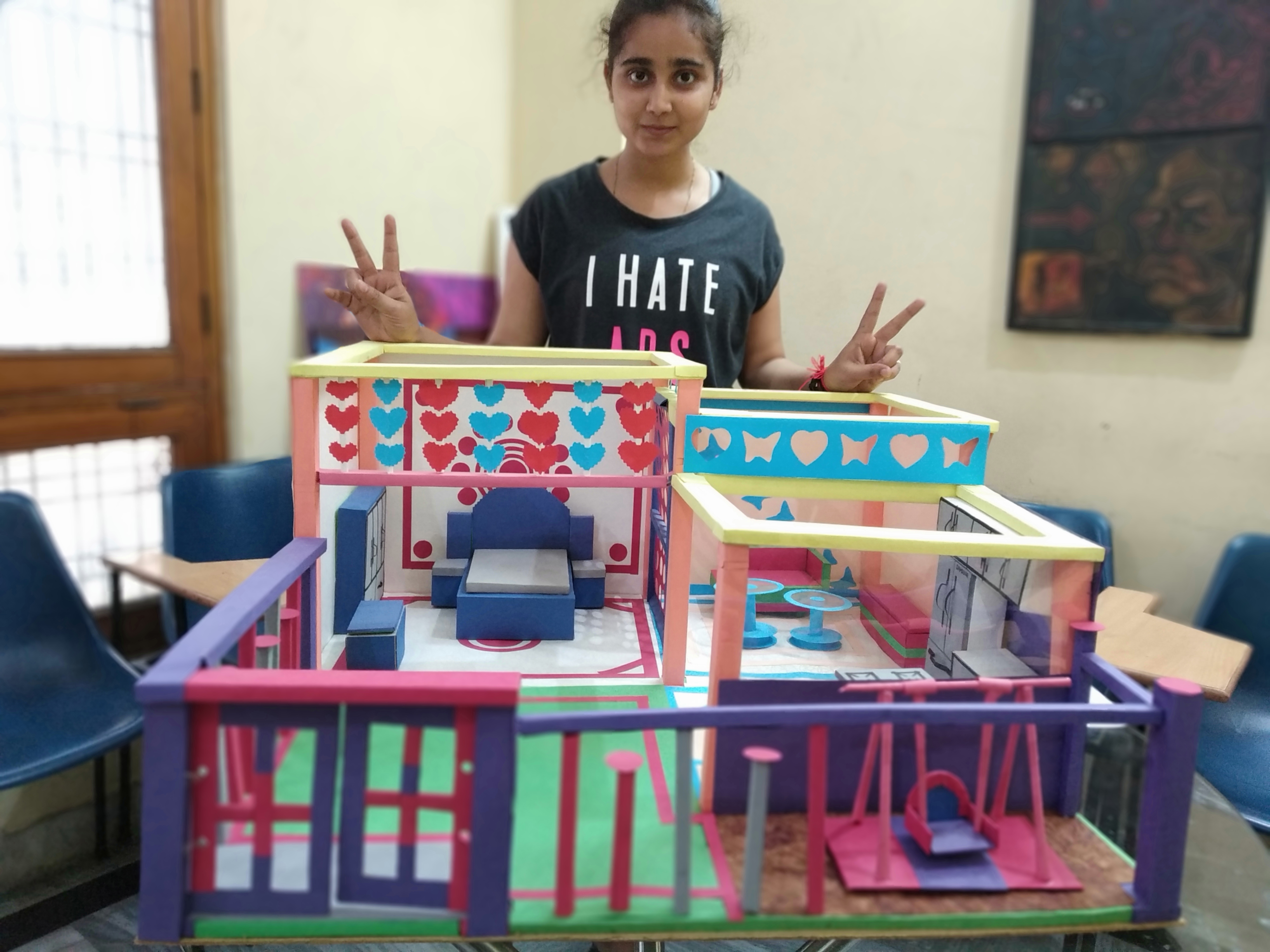SITUATION TEST
Situation Test
As per the shortlisting criteria mentioned by NIFT, the weightage given to CAT and GAT exam is 50% and 30% respectively and NIFT Situation Test carries 20% weightage.
In NIFT Situation Test, candidates have to appear for a practical examination at their nearest NIFT centre. At the exam centre, candidates are provided with a set of materials and they need to make 3D models using these materials to answer the questions put to them.
After making the model, aspirants need to accompany the same with a write-up explaining the model construction.
NIFT Situation Test is of 2 hours durations.
FOR UG DESIGN Programme
Shortlisted candidates for B.Des from the written entrance examination are required to take a Situation Test which is a hands-on test to evaluate the candidate’s skills for material handling and innovative ability on a given situation with a given set of materials.No additional material will be provided / allowed. The model will be evaluated on space visualization, innovative and creative use of given material, composition of elements, colour scheme, construction skill, finesse of the model and overall presentation etc.
These parameters will be checked with the write up explaining the concept behind the model constructed.
Since the medium of instruction in NIFT is English, the write-up will be in English. No marks will be given for write-up in any other language.
The use of outside/additional material in making the model/design is not permitted. Also, candidates who try to disclose their identity by writing any personal details or place any identification mark on the model/ design/write-up shall be considered “DISQUALIFIED” and the final result of these candidates shall not be declared.
The evaluation of the test will be done by the Jury on the spot.
Types of Questions
Design a washroom with the objects
Design a regular bag for a female to carry their daily needs
Consequently students have to create models with given object.Though materials vary from question to question still the list of usual materials are given below.
Materials Provided:
Ivory sheets weighing, quarter imperial size, cardboards, A4 size, Pastel paper sheet A4 size-red, blue, green, yellow, copper wire, tape role, cotton rope, al-pins, plasticine clay, A4 size cardboard, A4size corrugated sheet, Straw, Ice cream sticks, Colored Ribbons, tissue paper, A4size corrugated sheet
The situation test of NIFT is of two hours. In the NIFT situation test, candidates are evaluated on the parameters that are listed below:
Candidates were not being permitted to use any additional or outside material while they make the model.
Candidates have to explain the concept in the English Language.
Candidates were not being allowed to explain the model in any other language.
If they do so, it will lead to disqualification.
The jury assessed the candidates on the spot.
The model made by the candidates is not kept for future reference. Candidates can practice at home by experimenting with various models.
Candidates must enhance their observation skills in order to excel in NIFT situation test candidates must practice by using different kinds of materials.
At the time of practising, candidates must ensure that they have to complete the model within two hours.
This will enable them to perform well in NIFT situation test.
PERSONAL INTERVIEWS (GD/PI):
FOR ALL PG Programme Shortlisted candidates for Masters Programmes from the written entrance examination are required to undergo Case Study based
Group Discussions (GD) and Personal Interview (PI)
GD would comprise approximately 15 to 20 minutes of discussion on a case study assigned, on which a panel of experts will assess the candidates on various parameters including1) Conceptual clarity
3) Contribution made to the topic
5) Ability to generate new ideas
7) Leadership qualities
2) Knowledge of the topic assigned
4) Interpersonal skills
6) Problem solving approach
8) Effective communication
Candidates shall be evaluated on the various parameters as listed below by a panel, in the Personal Interview:
1) Career orientation
2) Aptness for the course
3) Overall personal achievements in academics and co-curricular activity
4) Communication
5) General awareness and aptitude,
